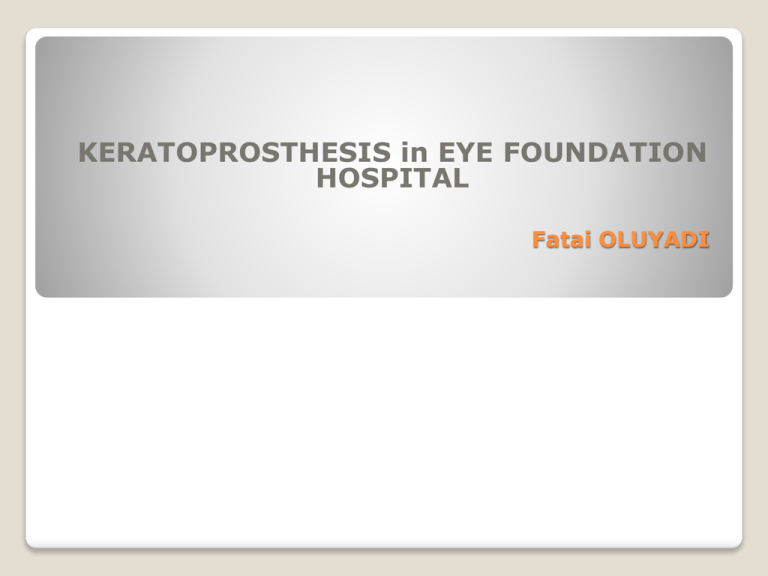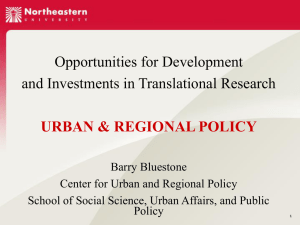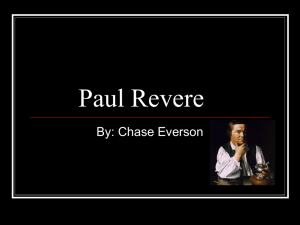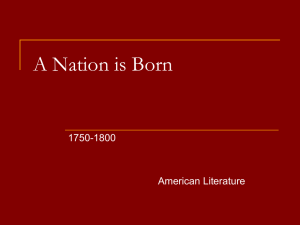singh-worst kpro - Eye Foundation Hospital
advertisement

KERATOPROSTHESIS in EYE FOUNDATION HOSPITAL Fatai OLUYADI KERATOPROSTHESIS Keratoprosthesis is a surgical procedure where a severely damaged or diseased cornea is replaced with an artificial cornea. Keratoprotheses are made of clear plastic with excellent tissue tolerance and optical properties. They vary in design, size and in the implantation techniques. The idea of artificial cornea was first proposed in 1789 by French ophthalmologist Guillaume Pellier de Quengsy. The first reported human KPro surgery with a quartz crystal implant was performed by Nussbaum in 1855 SINGH WORST KPro • BOSTON Kpro • OSTEO-ODONTO Kpro • ALPHA-COR KPro • Keratoprosthesis -types Multiple graft failure Stevens-Johnson syndrome Ocular cicatricial pemphigoid Ocular burns (acid and alkali, thermal) and other conditions with poor prognosis with traditional PKP Procedure of last resort - to give at least navigational vision - not done if BVA both eyes > or= CF INDICATIONS & CONTRAINDICATIONS STEVEN JOHNSONS SYNDROMES Vascularized cornea Central KPro in a patient with Acid burns 8yrs post-op VA 6/36 Most common postoperative complications in order of decreasing prevalence include: Retroprosthetic membrane Kpro Lens Extrusion Elevated intraocular pressure/glaucoma Infectious endophthalmitis Sterile vitritis Retina detachment (rare) and Vitreous hemorrhage (rare) COMPLICATIONS Multicenter Boston KPro Study is the largest published to date with 141 Boston type I keratoprosthesis procedures from 17 surgical sites by 39 different surgeons [. At an average follow-up of 8.5 months, retention rate of the device was 95%, 57% had BCVA ≥ 20/200. A large single surgeon series with 57 modern type I Boston KPro procedures from UCLA medical center [16]. At an average follow-up of 17 months, retention rate of the device was 84%, 75% had BCVA ≥ 20/200. Visual outcome Post-Op visual improvement: after Singh-Worst KPro If the media is clear and IOP under control, patient can start seeing 6 hours after surgery. The visual results may vary anything between 6/9 to simply light perception. The average post-op VA is 6/36. However, if the media is reasonably clear, a patient is quite happy being able to move around on his own if the health of the optic nerve is not a limiting factor. Prescription glasses also help in better visualization. Most of Singh-Worst KPro patients tend to require around +7.0D sphere. Visual outcome The Boston Keratoprosthesis (Boston KPro) is a collar button design keratoprosthesis (Kpro) It is composed of a front plate with a stem, which houses the optical portion of the device, a back plate and a titanium locking c-ring Boston keratoprosthesis Osteo-odonto-keratoprosthesis (OOKP) (also known as "tooth in eye" procedure. It includes removal of a tooth from the patient or a donor. After this, a lamina of tissue cut from the tooth is drilled and the hole is fitted with optics. The lamina is grown in the patients' cheek for a period of months and then is implanted upon the eye Osteo-odonto kpro (ookp) Contains a peripheral skirt and a transparent central region. These two parts are connected on a molecular level by an interpenetrating polymer network, made from poly-2-hydroxyethyl methacrylate (pHEMA). FDA-approved type of synthetic cornea measuring 7.0 mm in diameter and 0.5 mm in thickness. main advantages of synthetic corneas are that they are biocompatible, and the network between the parts and the device prevents complications that could arise at their interface. Alpha-cor keratoprosthesis Designed and developed in collaboration with Dr. Jan Worst in Netherlands and Dr. Daljit Singh in India. Champagne-Cork Design for better stability. one piece polycarbonate device anterior surface has a diameter of 6.0mm Shaft end diameter 4.5mm. Neck diameter 3.0 mm. The flange has 8 equidistant holes near the margin. SINGH-WORST KPRO 4 KPro surgeries done so far since April 2010 All with Singh-Worst Kpro Lenses obtained from Dr Daljit Singh Amritsar North India One lost to follow-up One currently with VA LP One with VA BCVA 6/36 Most recent case with BCVA 6/18 Keratoprosthesis at eye foundation hospital The Most Recent Case: 33yrs old man Lost vision in both eyes from acid injury 2years ago Developed cicatricial cornea lessions with extensive Ankylo- and Symblepharonin both eyes with VA of LP RIGHT EYE LEFT EYE Had Symblepharon repair with superior and inferior fornix reformation and Singh-Worst Kpro Surgery in the Left eye -July 2012 BCVA now 6/18 1 DAY POST-OP 8 DAY POST-OP






